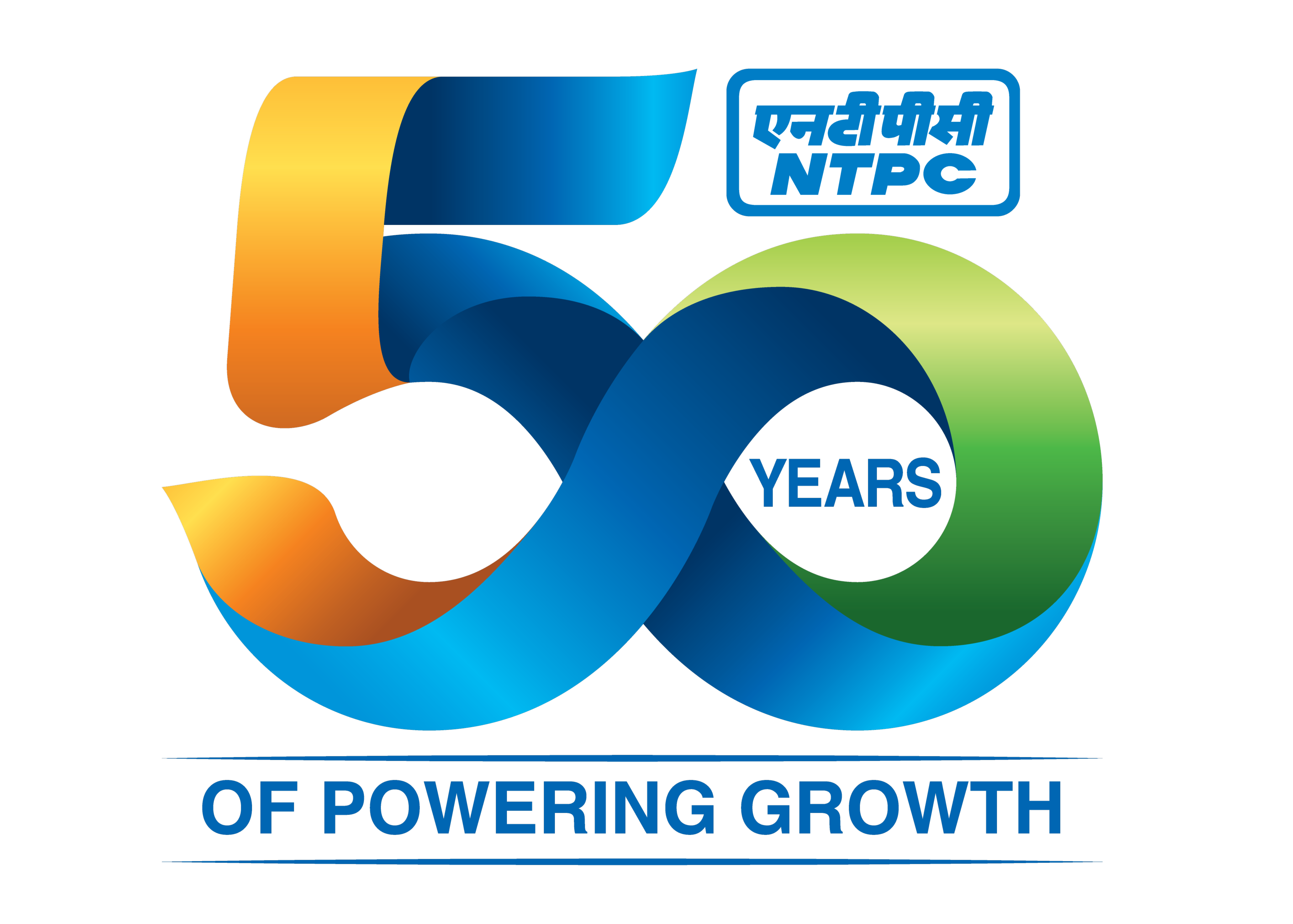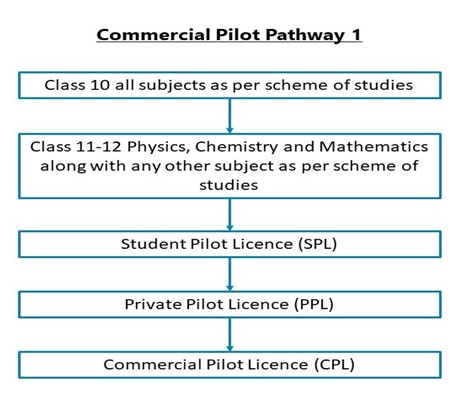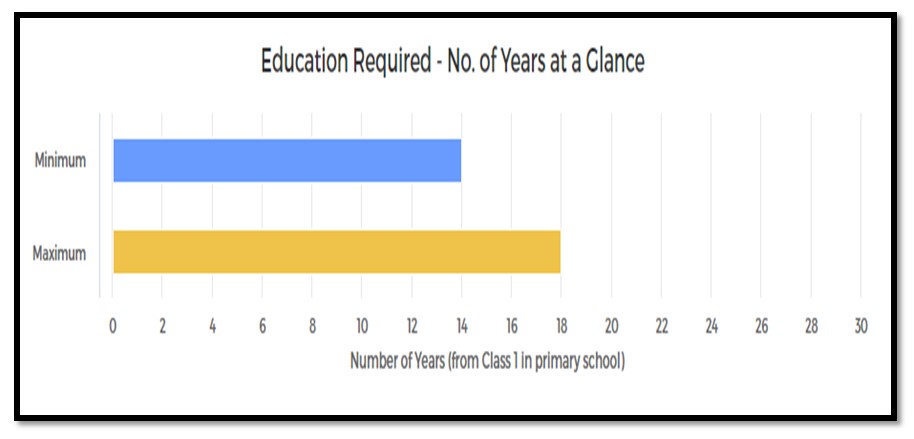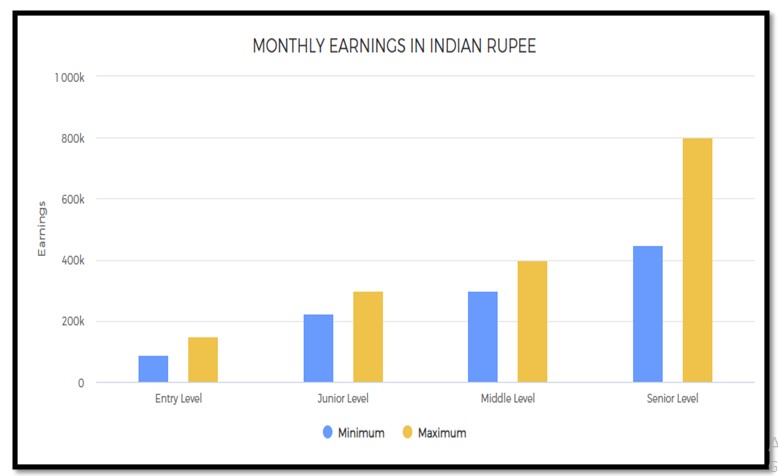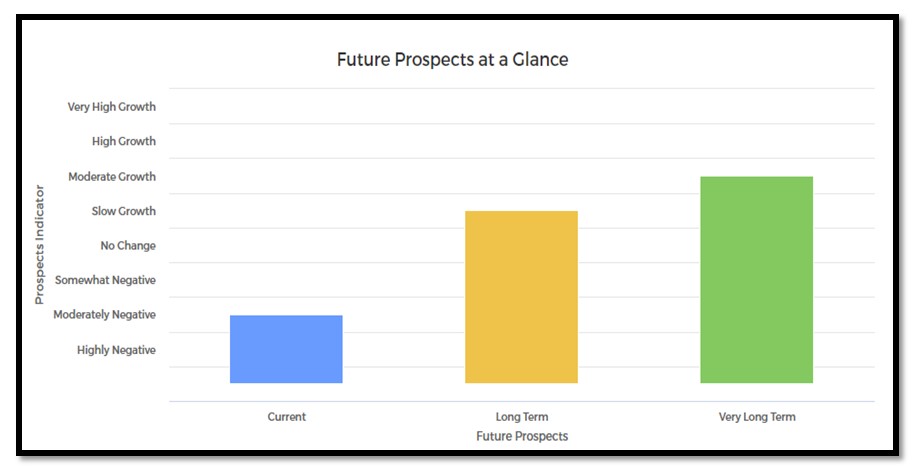Commercial Pilot
Entry Level Qualification
12
Career Fields
Others
For Specially Abled



Career Entrance Exam
About Career
As a Commercial Pilot, you will fly and navigate commercial aeroplanes, helicopters, private jets, cargo aircraft, chartered planes, etc. You will be responsible for flying passengers or cargo from a particular location to another. You will handle the full control of the aircraft and will be responsible for the safety of the passengers onboard.
Each aircraft is operated by two or more pilots (depending upon the size or the aircraft or the journey route). While one pilot acts as the Captain or the Commander and the other functions as the First Officer or Co-Pilot. They take turns to fly the aircraft and/or monitor the autopilot systems.
Key Roles & Responsibilities:
1. To conduct pre-flight checks on the navigation and operating systems of the aircraft.
2. To ensure that the fuel supply is adequate and that the aircraft is properly balanced.
3. To ensure that all the information about the route, weather, aircraft, and passengers is up to date.
4. To communicate with air traffic control before take-off, during flight, and while landing.
5. To monitor engines, fuel consumption, and all the other systems in the aircraft while flying.
6. To ensure that all the safety systems are functioning correctly.
7. To respond quickly to weather fluctuations and emergency situations.
8. To brief the cabin crew before the flight takes off and maintain continuous contact during the entire duration of the flight.
9. To understand and interpret data received from instruments and control systems.
10. To communicate with passengers as and when necessary via the public address system.
PARTICULARS | DESCRIPTION |
Name | Commercial Pilot |
Purpose | Operating Aircraft |
Career Field | Others |
Required Entrance Exam | No Entrance Exam |
Average Salary | 12,00,000 - 15,00,000 Rs. Per Year |
Companies For You | SpiceJet, Vistara, IndiGo, Air Asia & Many More |
Who is Eligible | Class 12th Pass |
Career Entry Pathway
Class 10 all subjects as per scheme of studies - Class 11-12 Physics, Chemistry and Mathematics along with any other subject as per scheme of studies - Student Pilot Licence (SPL) - Private Pilot Licence (PPL) - Commercial Pilot Licence (CPL)
After completing your secondary level school studies i.e. Class 10 all subjects as per scheme of studies, you should complete your higher secondary level studies i.e., Class 11-12 Physics, Chemistry and Mathematics along with any other subject as per scheme of studies. Following this, you can take up the Student Pilot License (SPL) course. This course is offered by many aviation institutes in India. To obtain SPL, you have to qualify for the DGCA (Director-General of Civil Aviation, India) prescribed SPL by clearing a test conducted by the Chief Flying Instructor (CFI) of the institute you’re applying to. After successfully obtaining an SPL, you can apply for a PPL (Private Pilot Licence). To obtain a PPL, you have to pass a written examination in Aviation Meteorology, Air Navigation, Air Regulations, and Aircraft and Engines as per the syllabus prescribed by the Director-General of Civil Aviation, India (DGCA). Apart from this, you must have proof showing that you’ve satisfactorily covered not less than forty hours of flight time. After this, you can apply and subsequently obtain a CPL (Commercial Pilot Licence)
Class 10 all subjects as per scheme of studies - Class 11-12 Physics, Chemistry and Mathematics along with any other subject as per scheme of studies - SPL - PPL - CPL - Senior CPL with Instrument Ratings - ATPL (Aeroplanes)
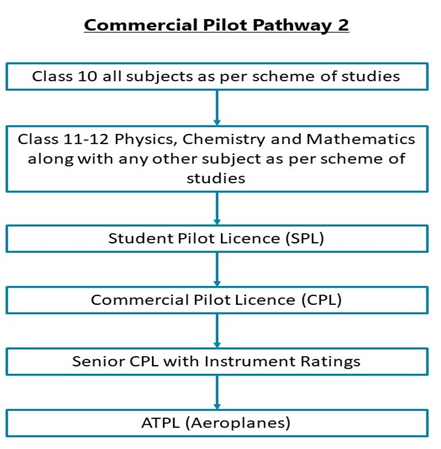
After completing your secondary level school studies i.e. Class 10 all subjects as per scheme of studies, you should complete your higher secondary level studies i.e., Class 11-12 Physics, Chemistry and Mathematics along with any other subject as per scheme of studies. After this, you will have to successfully obtain SPL (Student Pilot Licence), PPL (Private Pilot Licence), and then CPL (Commercial Pilot Licence). Then you can apply for Senior CPL with Instruments Ratings. After Senior CPL, you can apply for ATPL (Airline Transport Pilot Licence).
Class 10 all subjects as per scheme of studies - Class 11-12 Physics, Chemistry and Mathematics along with any other subject as per scheme of studies - SPL (common for both Aeroplanes and Helicopter pilots) - PPL (Helicopter) - CPL (Helicopter) - ATPL (Helicopter)

After completing your secondary level school studies i.e. Class 10 all subjects as per scheme of studies, you should complete your higher secondary level studies i.e., Class 11-12 Physics, Chemistry and Mathematics along with any other subject as per scheme of studies. Then you can apply for an SPL. After obtaining the SPL, you can apply for a PPL (Helicopter) wherein you have to pass a written examination in Air Regulations, Air Navigation, Aviation Meteorology, and Aircraft and Engine according to the syllabus prescribed by the Director-General. You have to show proof that as a Pilot of a helicopter, you have satisfactorily completed not less than forty hours of flight time. The next step is to obtain a CPL (Helicopter) and subsequently ATPL (Helicopter).
Required Qualification & Competencies
For obtaining a CPL (Commercial Pilot Licence)
You will need at least a CPL to fly and aircraft. Here is how you can get a CPL:
1. After completing your secondary level school studies i.e. Class 10 all subjects as per scheme of studies, you should complete your higher secondary level studies i.e., Class 11-12 Physics, Chemistry and Mathematics along with any other subject as per scheme of studies. Following this, you can take up the Student Pilot License (SPL) course. This course is offered by many aviation institutes in India. To obtain SPL, you have to qualify for the DGCA (Director-General of Civil Aviation, India) prescribed SPL by clearing a test conducted by the Chief Flying Instructor (CFI) of the institute you’re applying to. A student has to pass written examinations in Aviation Meteorology, Air Regulations, Air Navigation, and Aircraft and Engines as per the syllabus prescribed by the Director-General. No flying training is required to obtain SPL. The duration of this course is six months.
2. After successfully obtaining an SPL, you can apply for a PPL. To obtain a PPL, you have to pass a written examination in Aviation Meteorology, Air Navigation, Air Regulations, and Aircraft and Engines as per the syllabus prescribed by the Director-General of Civil Aviation, India (DGCA). Apart from this, you must have proof showing that you’ve satisfactorily covered not less than forty hours of flight time (as the pilot of an airplane) including twenty hours of solo flight time; five hours of cross-country flight time in accordance with para 5(b) of Section A as the sole occupant of an aero plane, and ten hours of solo flight time completed within a period of twelve months preceding the date of application for the issue of licence.
3. After this, you can apply for a CPL. To obtain a CPL, you have to pass a written examination in Air Regulations, Air Navigation, Meteorology, and Aircraft and Engines and Signals (practical) examination for interpretation of aural and visual signals, according to the syllabus prescribed by the Director-General of Civil Aviation, India (DGCA).
4. Also, you must be able to show a proof that as a pilot of an airplane you have satisfactorily completed not less than two hundred hours of flight time within a period of five years (immediately preceding the date of application for licence). Out of these two hundred hours of flight time, you must have completed not less than one hundred hours of flight time as Pilot-in-Command; not less than twenty hours of cross-country flight time as Pilot-in-Command including a cross-country flight of not less than three hundred nautical miles; not less than ten hours of instrument time of which not more than five hours may be on an approved simulator; not less than five hours of night flight time with a minimum of ten take-offs and ten landings as Pilot-in-Command as (sole manipulator of controls).
Obtaining an ATPL
For flying some classes of aircraft over long haul flights, you will need an ATPL (Airlines Transport Pilot Licence). Here is how you can get that:
1. After completing your secondary level school studies i.e. Class 10 all subjects as per scheme of studies, you should complete your higher secondary level studies i.e., Class 11-12 Physics, Chemistry and Mathematics along with any other subject as per scheme of studies. After this, you will have to successfully obtain SPL, PPL, and CPL. Then you can apply for Senior CPL.
2. To obtain the Senior CPL, you have to pass a written examination in Air Regulations, Air Navigation, Meteorology, and Aircraft and Engines and Signals (practical) examination for the interpretation of aural and visual signals, according to the syllabus prescribed by the Director-General. You further have to show proof that as a pilot of an airplane you have satisfactorily completed not less than two hundred hours of flight time within a period of five years (immediately preceding the date of application for licence). Out of these two hundred hours, you must have completed not less than hundred hours of flight time as Pilot-in-Command (with thirty hours flight time as Student Pilot-in-Command and not more than ten hours circuits-landings with minimum ten landings); not less than fifty hours cross-country flight time as Pilot-in-Command including a cross-country flight of not less than three hundred nautical miles; not less than fifty hours of instrument time of which not more than twenty hours may be on an approved simulator and not less than five hours time by night including a minimum of ten takeoffs and ten landings as Pilot-in-Command (as sole manipulator of controls).
3. After Senior CPL, you can apply for ATPL. For this, you have to pass both written and oral examinations in Air Regulations, Air Navigation, Avionics (Radio Aids and Instruments), Aviation Meteorology, and Aircraft and Engines and Signals (Practical) examination as per the syllabus prescribed by the Director-General. You have to show proof that as a pilot of an airplane you’ve satisfactorily completed not less than one thousand five hundred hours of flight time of which one hundred fifty hours flight time shall be in the preceding twelve months. The overall flying experience shall include not less than five hundred hours of flight time as Pilot-in-Command or as Co-Pilot performing; not less than one thousand hours of total cross-country flight time; not less than one hundred hours of night flight time; not less than one hundred hours of instrument time under actual or simulated instrument conditions (with fifty hours in actual flight), and not less than ten hours of flight time completed within a period of six months immediately before the date of application for the licence.
For flying a helicopter
For flying a helicopter, you will need at least a CPL (Helicopter). Here is how you can get that:
1. After completing your secondary level school studies i.e. Class 10 all subjects as per scheme of studies, you should complete your higher secondary level studies i.e., Class 11-12 Physics, Chemistry and Mathematics along with any other subject as per scheme of studies. Then you can apply for an SPL. After obtaining the SPL, you can apply for a PPL wherein you have to pass a written examination in Air Regulations, Air Navigation, Aviation Meteorology, and Aircraft and Engine according to the syllabus prescribed by the Director-General. You have to show proof that as a Pilot of a helicopter, you have satisfactorily completed not less than forty hours of flight time (including fifteen hours of solo flight time and five hours of cross-country flight time as the sole occupant of helicopter/helicopters.
2. The next step is to obtain a CPL for which you have to pass a written examination in Air Regulations, Air Navigation, Aviation Meteorology, and Aircraft and Engines and Signals (practical) examination for interpretation of aural and visual signals, according to the syllabus prescribed by the Director-General. You have to show proof that as a Pilot of a helicopter, you have satisfactorily completed not less than one hundred and fifty hours of flight time, including not less than fifty hours of flight time as Pilot-in-Command of a helicopter; not less than ten hours of cross-country flight time as Pilot-in-Command of a helicopter; not less than ten hours of flight time as Pilot-in-Command of a helicopter within a period of six months immediately before the date of application for licence, and not less than ten hours of instrument instruction time (with five hours of instrument ground time).
3. Going further, you can apply for an ATPL for which you have to pass both written and oral examinations in Air Regulations, Air Navigation, Avionics (Radio Aids and Instruments), Aviation Meteorology and Aircraft and Engines, and Signals (Practical) examination for interpretation of aural and visual signals, according to the syllabus prescribed by the Director-General. You have to show proof that as a Pilot of a helicopter, you have satisfactorily completed not less than one thousand hours of flight time of which not less than one hundred hours shall be in the preceding twelve months and his total flying experience shall include not less than one thousand hours of flight time (having completed one hundred hours in the twelve months) and having a total flying experience of not less than two hundred fifty hours of flight time as Pilot-in-Command or fifty hours as Pilot-in-Command and four hundred hours as Co-Pilot; two hundred hours of cross-country flight time of which not less than one hundred fifty hours shall be as Pilot-in-Command or as Co-Pilot; fifty hours of night flight time; forty hours of instrument time under actual or simulated conditions (with at least ten hours may be Instrument Ground Time), and ten hours of flight time completed within a period of six months immediately before the date of application for the licence.
MINIMUM EDUCATION REQUIRED | MAXIMUM EDUCATION REQUIRED |
Post Higher Secondary Diploma / Certificate Programs for which the minimum eligibility is a pass in Higher Secondary / Class XII School Leaving examination. | Post Higher Secondary Diploma / Certificate Programs for which the minimum eligibility is a pass in Higher Secondary / Class XII School Leaving examination. |
Competencies Required
1. Realistic: You should have interests for Realistic Occupations. Realistic occupations involve more practical and hands-on activities than paperwork or office work. Realistic occupations often involve physical activities for getting things done using various tools and equipment.
2. Investigative: You should have interests for Investigative Occupations. Investigative occupations involve working with ideas and quite a lot of thinking, often abstract or conceptual thinking. These involve learning about facts and figures; involve the use of data analysis, assessment of situations, decision making and problem-solving.
3. Enterprising: You should have interests for Enterprising Occupations. Enterprising occupations involve taking initiatives, initiating actions, and planning to achieve goals, often business goals. These involve gathering resources and leading people to get things done. These require decision making, risk-taking, and action orientation.
Personality traits:
1. You are always or mostly organized in your day-to-day life and activities.
2.You are always or mostly disciplined in your action and behaviour.
3. You are always calm or generally remain calm in most situations.
4. You always feel secure in your surroundings and in most situations.
5. You can always act independently or could do so in most situations.
Skills:
1. Critical thinking - Skills in the analysis of complex situations, using logic and reasoning to understand the situations and take appropriate actions or make interpretations and inferences.
2. Active Learning - Focused and continuous learning from various sources of information, observation and otherwise for application in getting work done.
3. Active listening - Giving full attention to what other people are saying, understanding the points being made by others, asking questions, etc.
4. Time Management - Skills in prioritizing work, managing time effectively.
5. Problem Solving - Skills in analysis and understanding of problems, evaluating various options to solve the problems and using the best option to solve the problems.
6. Reading Comprehension - Skills in understanding written sentences and paragraphs in work related documents.
Career - Job Opportunities & Profiles
1. After obtaining a CPL (Aeroplane) you can get a job as a First Officer with airlines such as Air India, SpiceJet, Vistara, IndiGo, Air Asia, Alliance Air, Air Costa, and Air India Charters Ltd., to name a few.
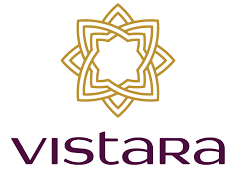

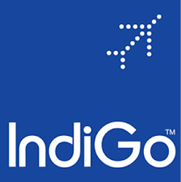
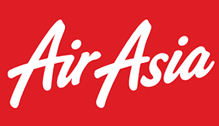
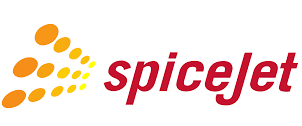
2. If you obtain a CPL (Helicopter), you can get a job as a First Officer with premier helicopter service providers in India such as Pawan Hans.
Work Environment
Commercial Pilots work in a typical work setting of an aircraft. They are often exposed to varying weather conditions. Commercial Pilots do not have fixed working hours; they have variable schedules and they often have to fly during odd hours (late nights and early mornings). Usually, the flying hours of Commercial Pilots range anywhere between 70 to 100 hours per month.
Specialisation Tracks In This Career
1. Airline Pilot
Airline Pilots fly passenger and goods aircraft across various domestic and international destinations.
2. Helicopter Pilots
Helicopter Pilots fly various types of helicopters for ferrying passengers and goods.
3. Drone Pilot / Drone Operator
Drone Pilots remotely control the flight plans and flight paths of drones, which are Unmanned Aerial Vehicles (UAVs). Drones are used for various defence, police, and civil purposes. Drones are capable of flying a few meters to a few thousand kilometers. Military drones can do surveillance and even drop bombs at enemy territories hundreds of kilometers away. Police use drones for traffic control, crowd control, etc. Drones are used for geographical and agricultural surveys, aerial photography, etc. In India, so far, there is no specific training program or licensing requirement for flying a drone but all who want to fly a drone must take permission from DGCA (Directorate General of Civil Aviation) via a mobile app. This system is called No Permission No Take-off (NPNT). In some countries like in the USA, you would need a Remote Pilot Certificate.
Career Growth
Once you successfully obtain the Commercial Pilot Licence, you begin your career as a Trainee Pilot. The duration of training is can stretch from 6 months to a year. After your training period, you will be upgraded as a Co-Pilot or First Officer on board. Usually, within 5-10 years’ time, a First Officer can upgrade to the level of a Captain. To become a Captain, you must have a minimum of 3000 flying hour experience. Your promotion will largely depend on the success rate of your programmes and your hours of flying experience.
Salary Offered
1. Commercial pilots get handsome salaries with many added benefits such as free air tickets for family, etc. While the monthly salary of a Second Officer (Flight Engineer) of an Airbus A-300/ A-310/ A-320 ranges anywhere between Rs.90,000 – 150,000, the per month salary of a First Officer (Co-Pilot) for the same is around Rs. 225,000 – 300,000, and the highest per month salary of around Rs.350,000 – 600,000 is scored by the Captain.
2. For Boeing 737-900, the per month salary of the Second Officer is Rs.1,00,000 – 180,000 and that of the First Officer is around Rs.250,000 – 325,000, and the Captain of the same makes anywhere between Rs.4,00,000 – 650,000 per month.
3. For domestic/international cargo aircraft, the per month salary of the Second Officer is around Rs.80,000 – 200,000; First Officer is around Rs.175,000 – 400,000, and that of the Captain is around Rs.300,000 – 600,000.
4. The Captains of Private Air Taxis/VIP Aircraft make around Rs.200,000 – 250,000 per month.
Monthly Earnings In Indian Rupee
Entry Level | Junior Level | Mid-Level | Senior Level | ||||
Min Earning | Max Earning | Min Earning | Max Earning | Min Earning | Max Earning | Min Earning | Max Earning |
90000 | 150000 | 225000 | 300000 | 300000 | 400000 | 450000 | 800000 |
1. Entry level: 0 - 2 years of work experience
2. Junior Level: From 1 to 12 years of work experience
3. Mid-Level: From 5 to 20+ years of work experience
4. Senior Level: From 10 to 25+ years of work experience (there could be exceptions in some high-end technical, financial, engineering, creative, management, sports, and other careers; also in the near future, people will reach these levels much faster in many careers and in some careers, these levels will have no meaning as those careers will be completely tech skill driven such as even now, there is almost no level in a Cyber Security Expert’s job)
Work Activities
1. Analysis and interpretation of data and information: Analysis of data and information to find facts, trends, reasons behind situations, etc.; interpretation of data to aid in decision making.
2. Assessing and determining compliance with standards, laws, rules,and guidelines: Using relevant information, auditing information, processes and systems to determine whether organizations or people are complying with standards, laws, rules,and guidelines.
3. Communicating with co-workers and others: Communicating with people in writing, verbally or otherwise inside your workplace and various other people who have professional relationships with your place of work including vendors, government officials, etc. or with people at large.
4. Decision making and problem-solving: Analysis of data and information; evaluation of alternative decisions and results of decisions; taking the right decisions and solving problems.
5. Getting Information and learning: Observing, hearing, reading, using computers, or otherwise obtaining information and learning from it.
Future Prospects
According to an IBEF (Indian Brand Equity Foundation) report, India is the third largest domestic aviation market in the world and is all set to become the third largest air passenger in the world, outgrowing the UK. Also, India holds the reputation of having the highest proportion of female commercial pilots in the world, standing at 12%. But there are various problems in the commercial aviation industry in India now. India's airlines are looking at dwindling profit margins and mounting liabilities. Therefore, the industry is expected to grow slowly over the next 3 years and hopefully, by this time the problems will ease out as India's growing economy will push the demand for airline travel in any case.
Future Prospects At A Glance
Current (0-1 year) | Long Term (2-5 year) | Very Long Term (6-10 years) |
Moderately Negative | Slow Growth | Moderate Growth |
